Stephen Hawking’s most groundbreaking theories and discoveries in simple words
8th Jan 2024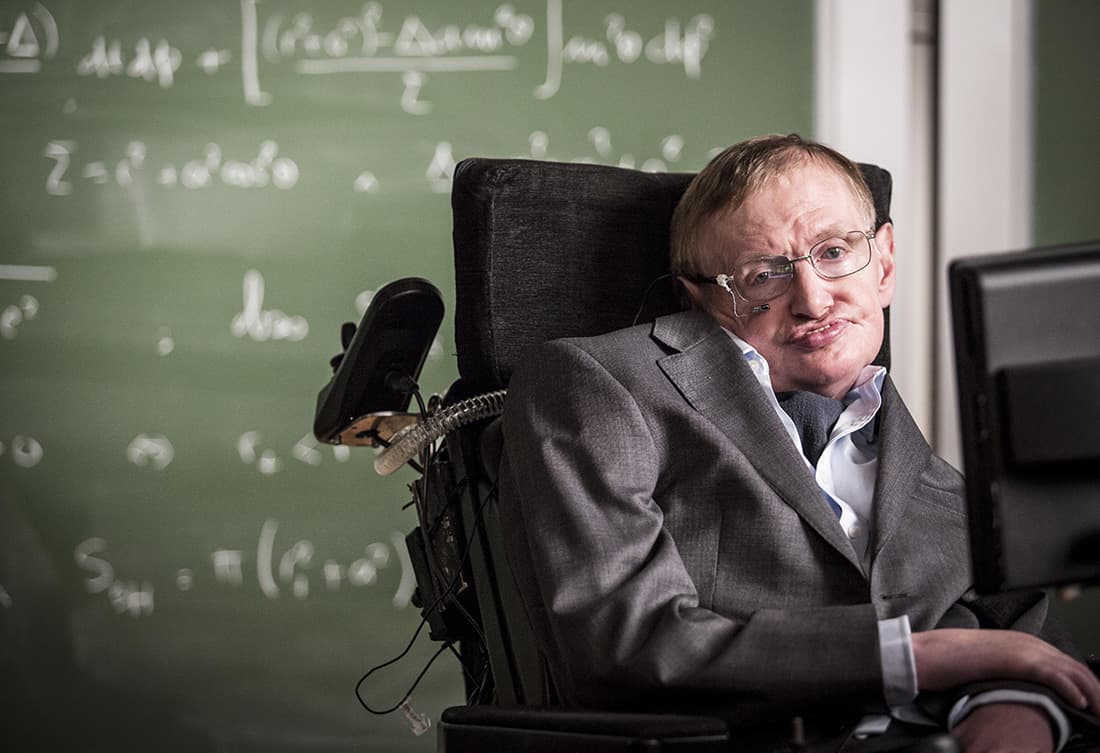
On 8th January, Stephen Hawking‘s birthday, the scientific community, and indeed the entire world reflects on his famous theories. Thus, we’ve decided not to retell his biographical details for the hundredth time. Instead, our focus is on spreading the researcher’s cosmic knowledge by explaining Stephen Hawking’s most popular theories in straightforward language, to help ensure accessibility for everyone.
Stephen Hawking’s theories for our understanding of the universe
Stephen Hawking’s theories underpinned a turning point in the development of cosmology. His findings on black holes, quantum mechanics, and the origin of the universe disrupted prior thinking and profoundly influenced our general understanding of the nature and structure of the universe.
Stephen Hawking’s Black Hole Theory
Stephen Hawking’s Black Hole theory, in simple terms, is a groundbreaking idea that changed our understanding of these mysterious cosmic entities. It is widely known that black holes are created when massive stars run out of fuel and collapse under their own gravity. As the star collapses, it becomes incredibly dense, creating a region in space with extremely strong gravitational pull – a black hole.
One of Hawking’s most famous contributions is the concept of so-called Hawking radiation. According to this theory, black holes are not completely “black” but emit tiny particles called Hawking radiation over time. This radiation is crucial because it suggests that black holes can slowly lose mass and, eventually, evaporate.
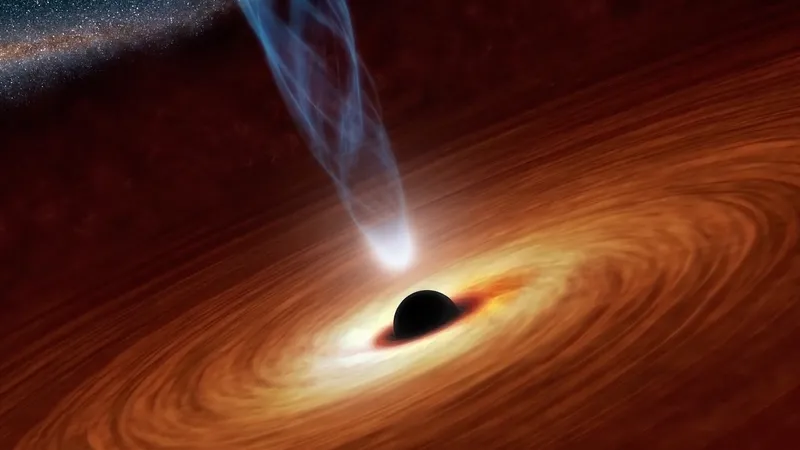
Image Credit: Britannica
The no-hair theorem by Hawking
Hawking also contributed to the “no-hair” theorem, suggesting that all black holes, regardless of their initial conditions, can be described by just three properties: mass, charge, and spin. This metaphorical expression implies that, like a person’s hair providing distinct characteristics, the external appearance or observable features of a black hole are uniquely determined by these three properties.
In fact, this concept simplifies the understanding and description of black holes, reducing the complexity of their features to a concise set of parameters.
Hawking’s Information Paradox
In this context, Hawking’s works also delved into the “information paradox” – a puzzle about whether information that falls into a black hole is lost forever. Traditional physics suggested it was, but Hawking’s theories challenged this idea, proposing that information might be retained in some form.
Stephen Hawking’s Big Bang Theory
In addition to his advancements in black hole theory, Stephen Hawking also significantly enriched our understanding of the Big Bang and the origin of the Universe.
While some scientists tried to understand a tiny moment in a molecule using quantum ideas, Hawking showed that it’s possible to summarize the entire story of the universe in one mathematical formula. He called this formula the “Wave Function of the Universe.” This expression commences with a singularity at the onset of time and concludes with another at the termination of time. In other words, it’s like writing down the whole history of everything, starting from the beginning to the end, using just one equation.
The ability of events to move back and forth
The uniqueness of this mathematical formulation lies in its ability to allow historical events to move back and forth between the two singularities as needed.
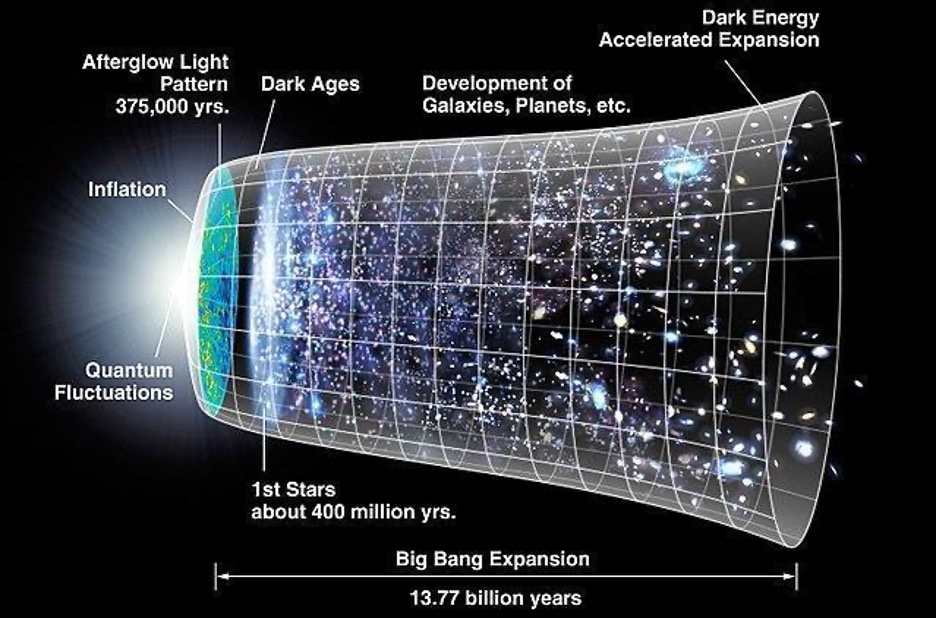
Image Credit: ICJS
This dynamic model enables a comprehensive representation of the universe’s development, from its inception to its hypothetical termination.
It eliminates the necessity, and in essence, the relevance of questioning what transpired before the Big Bang. According to Hawking, this universe possesses the capacity to elucidate its own narrative. This means, unlike traditional models that often assume a singular starting point for the universe, Hawking’s theory provides a framework where the universe’s history is depicted without the need for a distinct initial condition.
Hawking’s “Boundless Space” theory
In the theory of Stephen Hawking, an important concept is “Boundless space”. It refers to the idea that the universe has no well-defined finite or finite boundary. According to this concept, the cosmos extends infinitely, and its space has no end.
In Hawking’s theory, “Boundless space” is also associated with the self-development of the universe from its initial state to the infinity of time. The idea put forward is that through mathematical expressions such as the “Wave Function of the Universe,” one can describe the infinite development of the universe from its “birth” to its “death.”
Connection with the Big Bang Theory
The concept of an “Infinite Cosmos” interacts with the Big Bang theory, which suggests that the universe was once in a concentrated state and expanded from that initial moment.
With this idea in mind, “Boundless Cosmos” emphasizes that, although various processes may occur in the universe, its space and time have no boundaries.
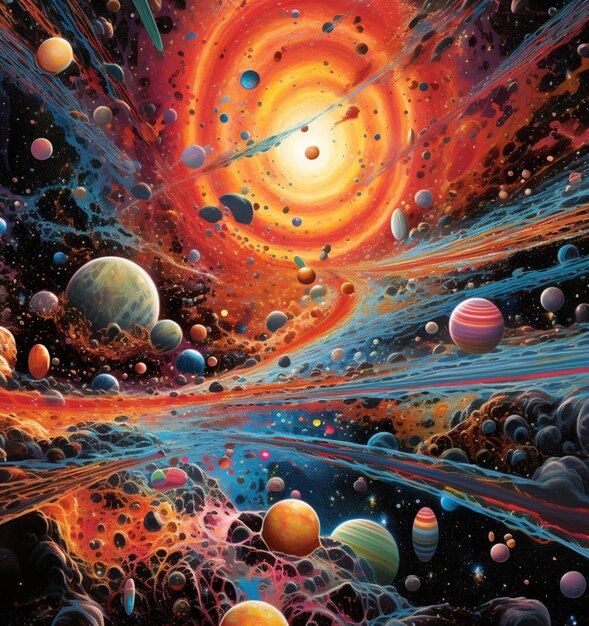
Image Credit: Freepic
Contemporary interpretation of Hawking’s theory
In contemporary times, the concepts formulated by Hawking serve as a wellspring of inspiration for scientists embarking on fresh scientific inquiries in the realms of cosmology and physics. A noteworthy trend among modern scientists involves endeavours to amalgamate Hawking’s theories with other foundational principles in physics, notably string theory and quantum gravity. Certain aspects of the theories, such as the information paradox, may provoke discussion and the need for further research.
Anyway, in the ever-evolving landscape of scientific inquiry, the legacy of Stephen Hawking, one of the most valuable British scientists, remains a catalyst for exploration and dialogue. It paves the way for future breakthroughs in our understanding of the universe.

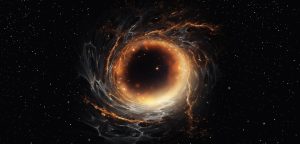




Thank you for your comment! It will be visible on the site after moderation.